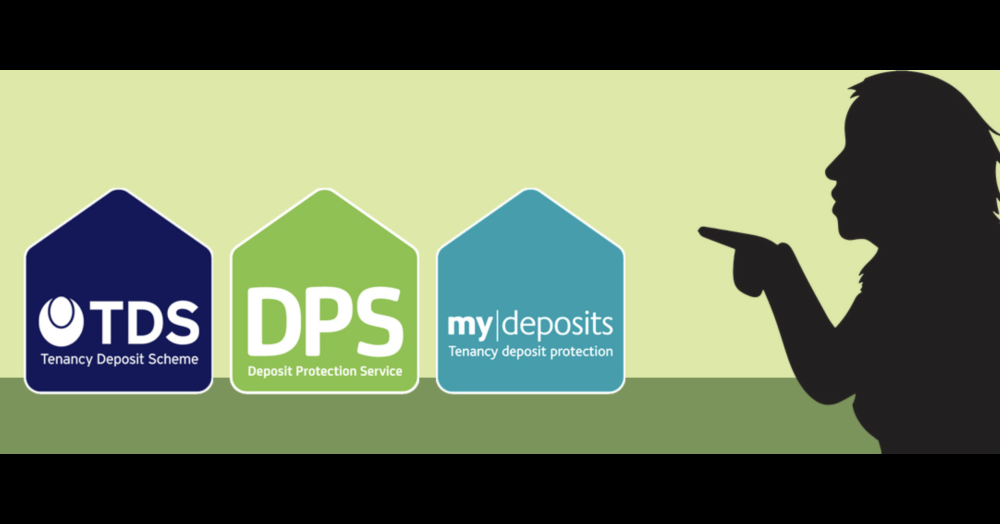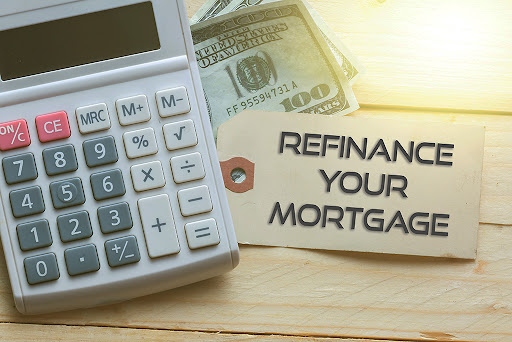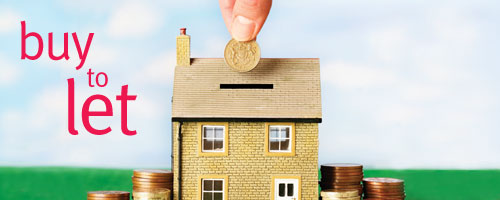Low interest rates on mortgages in Scotland, Wales, and Northern Ireland are driving a boom in housing purchases amongst first-time homeowners who can now afford their own property. In the second quarter of 2017, growth rates in these areas were twice as high as those found in London, in part due to higher housing prices in the capital. More cheap mortgages are expected to flood the market in the coming month, making homes more affordable than ever to students, young couples, and other first-time buyers.
While prices are becoming more affordable, however, homeowners should be aware that the economic landscape of the UK is still changing post-Brexit. While mortgage rates are low now, there’s no guarantee that they will be forever. Borrowers should exercise caution when taking out a loan to purchase a house and ensure that they can pay their mortgage off in the long-term. Luckily, there are several ways that you can finance a property without having to worry about clearing out your savings account.
95% and 100% Mortgages
With a 100% mortgage, you borrow the entire purchase price of a house, meaning that there’s no need for you to put your own money down immediately as a deposit. A 95% mortgage, on the other hand, allows you to borrow 95% of your property’s value while putting down a 5% deposit to pay for the rest. While these types of mortgage require little to no money down as a deposit, they can be risky for both lenders and borrowers. If your property decreases in value over time, you may end up owing the bank more than what your house is actually worth.
The London Help to Buy Equity Scheme
Low-income families who are buying a home for the first time can sometimes turn to government assistance programs for financial aid. The Help to Buy Equity Scheme is designed to help first-time homeowners to afford property, even without the savings in place. Eligible buyers can borrow up to 40% of the value of their new home from the government with no interest for five years. After this grace period, borrowers are charged a fee of 1.75% as they repay their loan, and this amount increases by 1% each year to account for inflation.
Shared Ownership
If buying a home is not within your budget, you may want to look into shared ownership programs. This is where you buy a 25% to 75% share of a home and pay rent each month on the remaining shares. You can always buy more shares once you reach a position of greater financial stability in a process called “stair-casing.”




